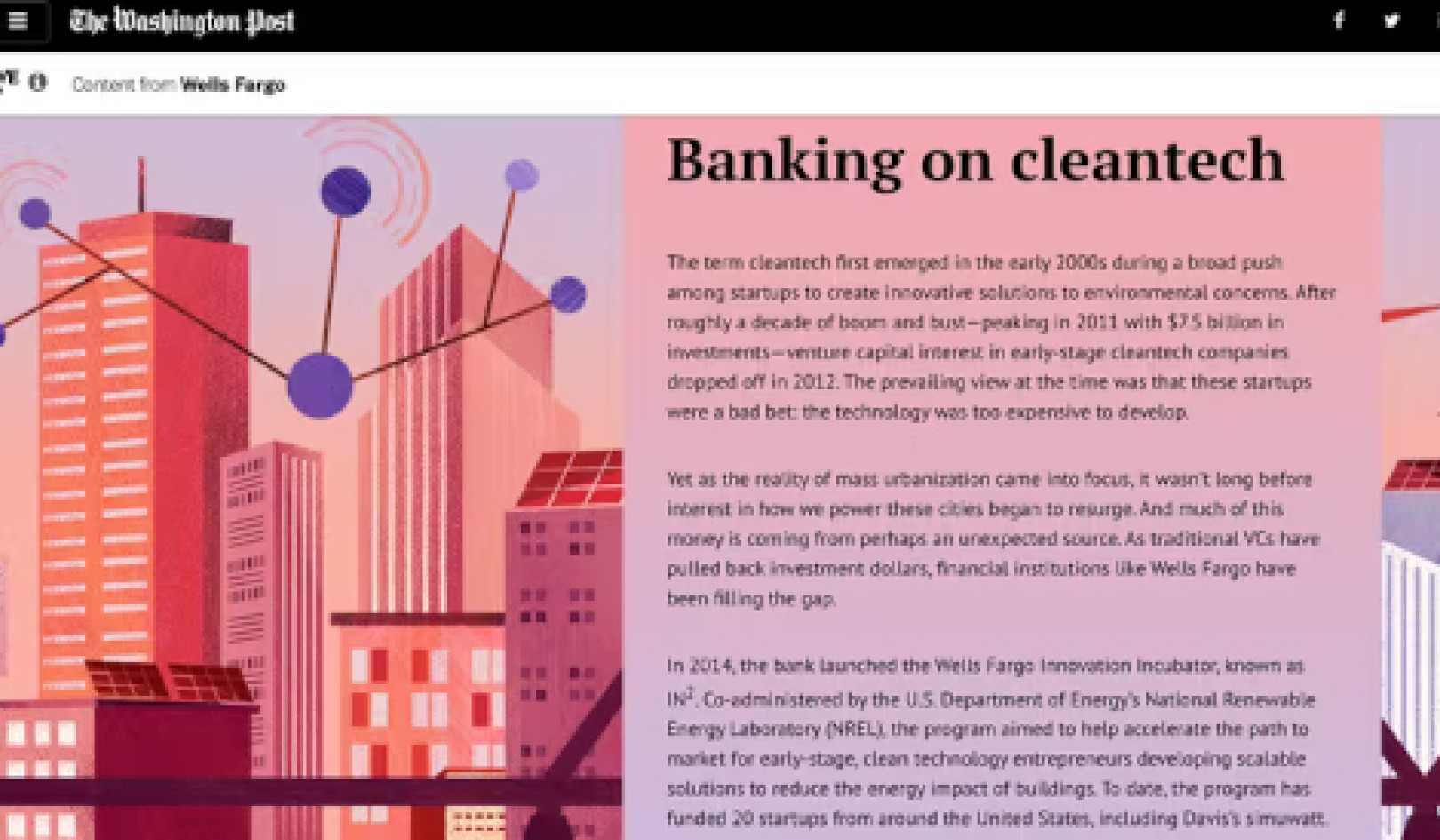
Image by wendy CORNIQUET
Hundreds of pro-Trump rioters charged into the US Capitol on January 6, 2020, where Congress was set to certify Joe Biden’s presidency. Four protestors have reportedly died in relation to this protest, including a woman who was shot.
The protesters included “Proud Boys”, QAnon supporters and those who aren’t necessarily affiliated with a group but have engaged with these far-right ideologies.
The riot marked a disturbing escalation in the willingness and ability for the far right to mobilise against liberal democratic institutions, inspired by baseless claims peddled by the president: that this has been a stolen, fraudulent election.
It culminates years of President Donald Trump’s incitement and endorsement of these groups. Recall his endorsement of neo-Nazis in Charlottesville (“there are very fine people on both sides”) and his refusal to condemn the Proud Boys (“stand back and stand by”). He even affirmed the Capitol building protesters, calling them “very special” and “great patriots”.
{vembed Y=qIHhB1ZMV_o}
Trump tells Proud Boys: ‘Stand back and stand by’ during the first presidential election debate in September 2020.
Certainly the way Trump is responding has only served to embolden the protesters and inflame the situation.
While there’s no doubt that some of the protesters were individual citizens, members of far-right extremist groups played an important, visible role in the riots. So who are the far-right rioters, and why are they so angry?
Violence is their bread and butter
The Proud Boys are one of the significant groups driving the protests, known for using violence to achieve their political ends. They describe themselves as a men’s fraternity of “Western chauvinists”, but are effectively a white nationalist gang predicated on violence.
As Proud Boys founder Gavin McGuinnes described in 2017, to reach the highest level of the organisation’s hierarchy a member must “kick the crap out of an antifa” (anti-fascist).
However, the most direct antecedent to what we’re seeing now is the storming of the Michigan State House in 2020 by armed men involved in militia groups and other Trump-supporting protesters.
The events in Michigan followed a series of tweets by Trump, one of which urged his followers to “LIBERATE MICHIGAN” in response to stay-at-home orders issued to combat rising numbers of COVID-19 infections.
What’s fuelling their anger?
The general appeal of groups like the Proud Boys is the retaliation to a perceived loss of white male supremacy and the erosion of privileges that were exclusively for the white man.
More specifically, in relation to what’s happening in Washington, their anger is fuelled by Trump’s claims of election fraud and a stolen election, including the baseless “Dominion” theory — a QAnon-related conspiracy about voting machines from Dominion Voting Systems involving Hugo Chavez and George Soros.
There is a wide spectrum of messaging from Trump’s supporters in the January 6th riots in Washington and outside other statehouses around America, from the comparatively banal claims of election fraud to dangerously unhinged calls for violence.
For example, Nick Fuentes, a white supremacist podcaster and “Groyper” (a network of “alt-right” figures), yesterday called for his followers to kill legislators during a live stream.
But behind their anger is almost a perverse democratic sentiment. Many no doubt genuinely believe their democratic rights have been subverted by liberal elites and “traitor Republicans” who don’t buy into Trump’s messages.
And so along with anger, there is also a sense of fear: fear that American democracy has been overturned at the hands of their “opponents”, even as they themselves actively undermine liberal democratic values and institutions.
Misinformation, conspiracies and false flags
Already, conspiracy theories and misinformation about the Washington DC protests are being widely disseminated online. In particular, the riots are being spun as a “false flag”, with claims the rioters were actually antifascist provocateurs wanting to make Trump look bad.
Crucially, this isn’t just fringe internet conspiracy, but one being pushed by people with institutional clout. For example, Lin Wood, an attorney who until recently was embedded in Trump’s legal team, has spread this particular theory on Twitter, while alternative news outlets such as Newsmax repeated this line in their live coverage of the protest.
The ransacked office of the Senate Parliamentarian: pic.twitter.com/E7PsSgoAEX
— Ali Zaslav (@alizaslav) January 7, 2021
Misinformation plays a huge role in garnering extremist right wing views, and is being distributed widely across Facebook and other social media, as well as in mainstream press. And it’s not only in the US. Sky News in Australia, to give a local example, has been repeating without any clarification Trump’s lies of election fraud.
Unfortunately, tech companies have shown they’re unwilling to address this tidal wave of misinformation in a meaningful way.
Twitter slapped a warning on a Trump post, and recently suspended his account for 12 hours — a temporary move followed by Facebook and Instagram. But countless white supremacists are still on there. For example, American white supremacist and founding figure of the “alt-right” Richard Spencer is still active on Twitter.
This a real danger, not only for the US, but for liberal democracies around the world, as misinformation continues to erode trust in institutions and stoke violent action.
So how do we begin addressing the far right?
To start, news and social media outlets must begin to take misinformation and hateful and extremist content seriously. This could be through more serious investment in content moderation for social media platforms, and refusing to uncritically publish patently false information, such as claims of voter fraud, for news media.
Similarly, a president who refuses to endorse organised white supremacists or conspiracy communities like QAnon would help reduce their legitimacy. As long as Trump continues speak of a “stolen election” and “very fine people”, the far right will feel validated in their violent actions and words.
While it is important security agencies take the very real threat of far-right violence seriously, we should look to other approaches to address and disrupt the far right beyond policing.
In Germany, for example, there has been some success with intervention at the interpersonal level. Educating role models for young people such as teachers and sports coaches to act as circuit breakers in the radicalisation process will help stem the flow of new recruits.
Young people are often targeted by far-right groups for recruitment. So role models like teachers are given skills to identify early signs of radicalisation, such as certain symbols or even fashion brands. They can engage with an individual who may be on the precipice of extremism, and offer them another path.
Given the very real danger posed by the far right, there needs to be a more rigorous approach to combating the allure of far-right extremist misinformation.
 About the Author
About the Author
Jordan McSwiney, PhD Candidate, University of Sydney
This article is republished from The Conversation under a Creative Commons license. Read the original article.

Related Books:
On Tyranny: Twenty Lessons from the Twentieth Century
by Timothy Snyder
This book offers lessons from history for preserving and defending democracy, including the importance of institutions, the role of individual citizens, and the dangers of authoritarianism.
Click for more info or to order
Our Time Is Now: Power, Purpose, and the Fight for a Fair America
by Stacey Abrams
The author, a politician and activist, shares her vision for a more inclusive and just democracy and offers practical strategies for political engagement and voter mobilization.
Click for more info or to order
How Democracies Die
by Steven Levitsky and Daniel Ziblatt
This book examines the warning signs and causes of democratic breakdown, drawing on case studies from around the world to offer insights into how to safeguard democracy.
Click for more info or to order
The People, No: A Brief History of Anti-Populism
by Thomas Frank
The author offers a history of populist movements in the United States and critiques the "anti-populist" ideology that he argues has stifled democratic reform and progress.
Click for more info or to order
Democracy in One Book or Less: How It Works, Why It Doesn't, and Why Fixing It Is Easier Than You Think
by David Litt
This book offers an overview of democracy, including its strengths and weaknesses, and proposes reforms to make the system more responsive and accountable.






















